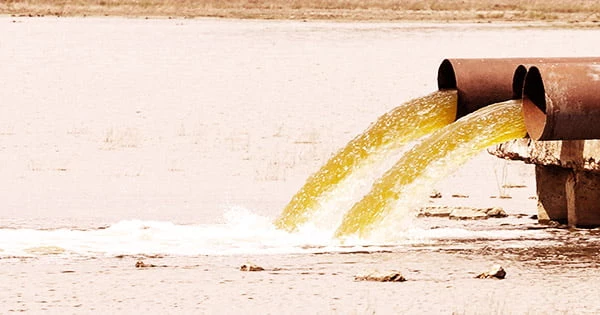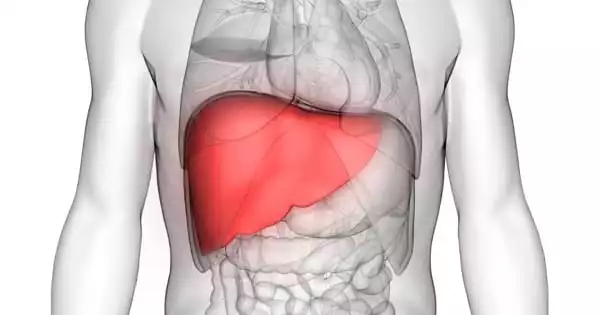Scientists at Tokyo Institute of Technology have created a peptide sensor to detect water-soluble polymers in wastewater, a serious pollutant on par with microplastics.
The novel method uses peptide-polymer bonding to develop a machine learning algorithm that can both identify and quantify a large number of contaminants in a single solution.
Polymer detection systems for IHC (ImmunoHistoChemistry) offer considerable advantages over traditional approaches, especially for applications such as multiple antigen labeling (multiplexing) on the same tissue segment or when detectable amounts of endogenous biotin are a concern.
Marine pollution caused by plastics is an increasing global concern, with coral reefs dying and fish populations declining. Microplastics, microscopic pieces of plastic that are extremely difficult to extract from water, have dominated recent discussions about plastic pollution.
However, there is growing concerned about water-soluble synthetic polymers as a source of marine pollution, particularly because of the dangers they represent to soil and aquatic habitats. They can’t be retrieved using standard filtration methods because they’re water-soluble. Alternative methods for removing these contaminants must be developed.
As a result, researchers are focusing on determining the specific nature of the water-soluble polymer contaminant as well as quantifying its presence in wastewater.

Water is very susceptible to pollution. Water, also known as a “universal solvent,” can dissolve more chemicals than any other liquid on the planet. We have Kool-Aid and vivid blue waterfalls because of it. It’s also the reason why water is so easily contaminated. Toxic compounds from farms, cities, and factories easily dissolve and combine with it, polluting the water.
Long chemical chains made up of smaller, repeating components are known as polymers. Proteins, too, can be thought of as polymers because they are built up of thousands of subunits termed ‘amino acids,’ despite the fact that the phrase is rarely used to describe them.
Our technique depends on a machine learning pattern analysis that mimics mammalian odor and taste discrimination. Just like how our noses and tongues can distinguish between myriad odors and tastes using a limited number of receptor proteins, so too can our single peptide senor be used to detect multiple polymers and other molecules.
Professor Takeshi Serizawa
Peptides are short chains of these amino acids. Peptides can interact with molecules, such as polymers, in a variety of ways and with varying degrees of affinity.
Researchers from Tokyo Institute of Technology (Tokyo Tech) have used these interactions to construct a novel peptide sensor for detecting water-soluble polymers in mixed solutions, according to a new study published in ACS Applied Materials & Interfaces.
“Our technique depends on a machine learning pattern analysis that mimics mammalian odor and taste discrimination. Just like how our noses and tongues can distinguish between myriad odors and tastes using a limited number of receptor proteins, so too can our single peptide senor be used to detect multiple polymers and other molecules,” says Professor Takeshi Serizawa, who led the study.
The approach is based on a peptide that binds to a synthetic polymer known as poly(N-isopropylacrylamide) (PNIPAM). They then used a fluorescent ‘tag’ called N-(1-anilinonaphthyl-4)maleimide (ANM) to help get signals for the peptide’s various interactions. The fluorescence of ANM fluctuated depending on the protein’s interaction, resulting in a measurable signal.
The researchers used the signals from ANM in known solution concentrations of different polymers to train a supervised machine learning method called ‘linear discriminant analysis.’ They next tested their method on unidentified samples and discovered that the sensor and algorithm could detect polymers in mixed solutions.
Furthermore, the machine learning method could identify between polymers with similar properties after adding modest volumes of ethanol or sodium chloride to the solutions to slightly change the chemical interactions.
Finally, they put the new peptide sensor and algorithm to the test in real-world wastewater, confirming that it could detect a variety of water-soluble polymers.
“Our technique can be used to not only detect dissolved macromolecular pollutants like polymer in water but also will be used to analyze how they enter into the environment,” says Dr. Serizawa. The research team further plans to extend the method to other peptides and polymers.
















